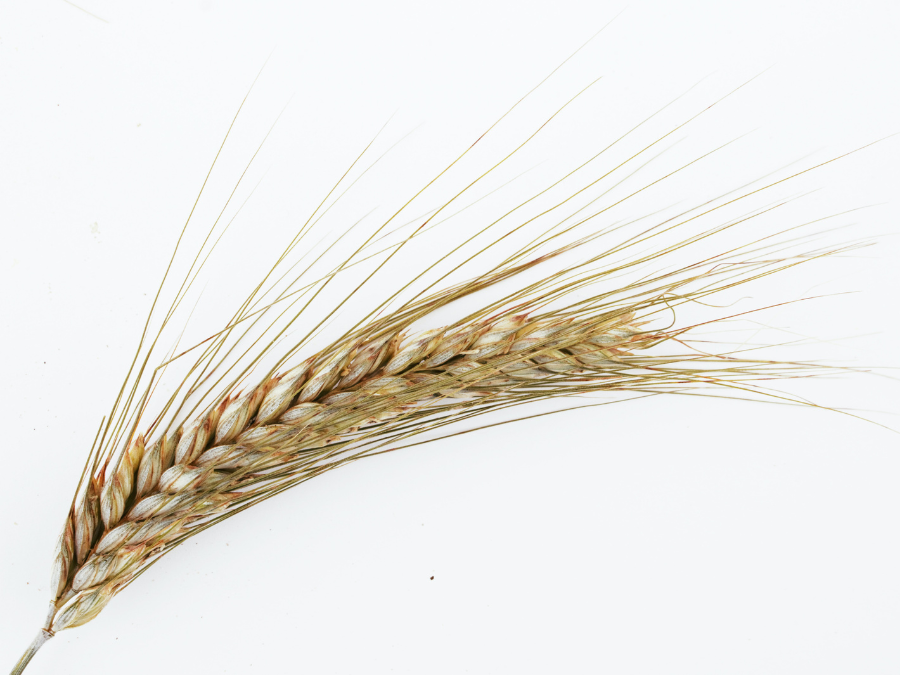
The FAO’s index of international food commodity prices marginally declined month-on-month in February, with the UN agency suggesting this year’s wheat crop could be “strong”.
The FAO Food Price Index, calculated by the Food and Agriculture Organization of the United Nations, averaged 129.8 points in February, down 0.6% from January’s index.
The vegetable oil and dairy price index were the main decliners in February, due to world prices of palm, soy and seed oils falling as well as those of butter and skim milk powder.
Meat and cereal stood virtually unchanged from the prior month, whereas the sugar price index rose to its highest point in six years. The FAO claimed the spike in sugar is mainly due to “a downward revision to the 2022/23 production forecast in India, although favourable crop prospects in other suppliers, combined with lower international crude oil prices and ethanol prices in Brazil, limited upward pressure on sugar prices”.
The FAO revealed its forecast for world wheat production, predicting a global output of 784m tonnes, with North America forecast for “strong outputs”.
The production would be the second highest on record but would also show a slight decline from 2022’s 792m tonnes. The outlook for coarse grain crop production in the southern hemisphere looks “generally favourable” with total maize plantings in Brazil predicted to reach their highest level to date.
Meanwhile, the FAO upped its forecast for global cereal output in 2022 to 2.774bn tonnes, although that estimate is still 1.3% lower than in 2021.
Global cereal utilisation in 2022/23 is forecast at 2.78bn tonnes, which is a 0.6% decline. The FAO claimed this is “largely due to an anticipated contraction in the utilisation of all major coarse grains”.
The organisation added it forecasts “global cereal stocks ending in 2023 to decline by 1.2% from their opening levels, down to 844m tonnes, as drawdowns in coarse grain and to a lesser extent rice stocks are foreseen to outweigh an expected build-up in wheat inventories”.
FAO on food security
The FAO’s Global Information and Early Warning System (GIEWS) also published its latest Crop Prospects and Food Situation report, which stated: “A total of 45 countries around the world are assessed to need external assistance for food”.
The report highlighted the severity of food insecurity in six countries, where people are forecast to experience level five of the Integrated Food Security Phase Classification (IPC 5) or “catastrophic hunger”. Burkina Faso, Haiti, Mali, Nigeria, Somalia and South Sudan are the countries the FAO’s GIEWS reports to be in dire straits.
The Crop Prospects and Food Situation report underlined the fact that despite the FAO Food Price Index continuing to show a consistent decline over the past 11 months, some countries are experiencing severely high domestic inflation.
“For instance, coarse grain prices in Ghana in January were 150% higher than a year earlier, and grain prices were at all-time highs in Malawi and Zambia,” the report read.
“An aggregate increase in cereal production among the world’s 47 Low-Income Food Deficit Countries (LIFDCs) in the current agricultural season have helped assuage the impacts of higher global commodity prices, but production downturns and currency weakness in many others will keep the food import bills of LIFDCs at high levels,” the report said.
Just Food analysis, February 2023: Ukraine invasion one year on: food security concerns persist


